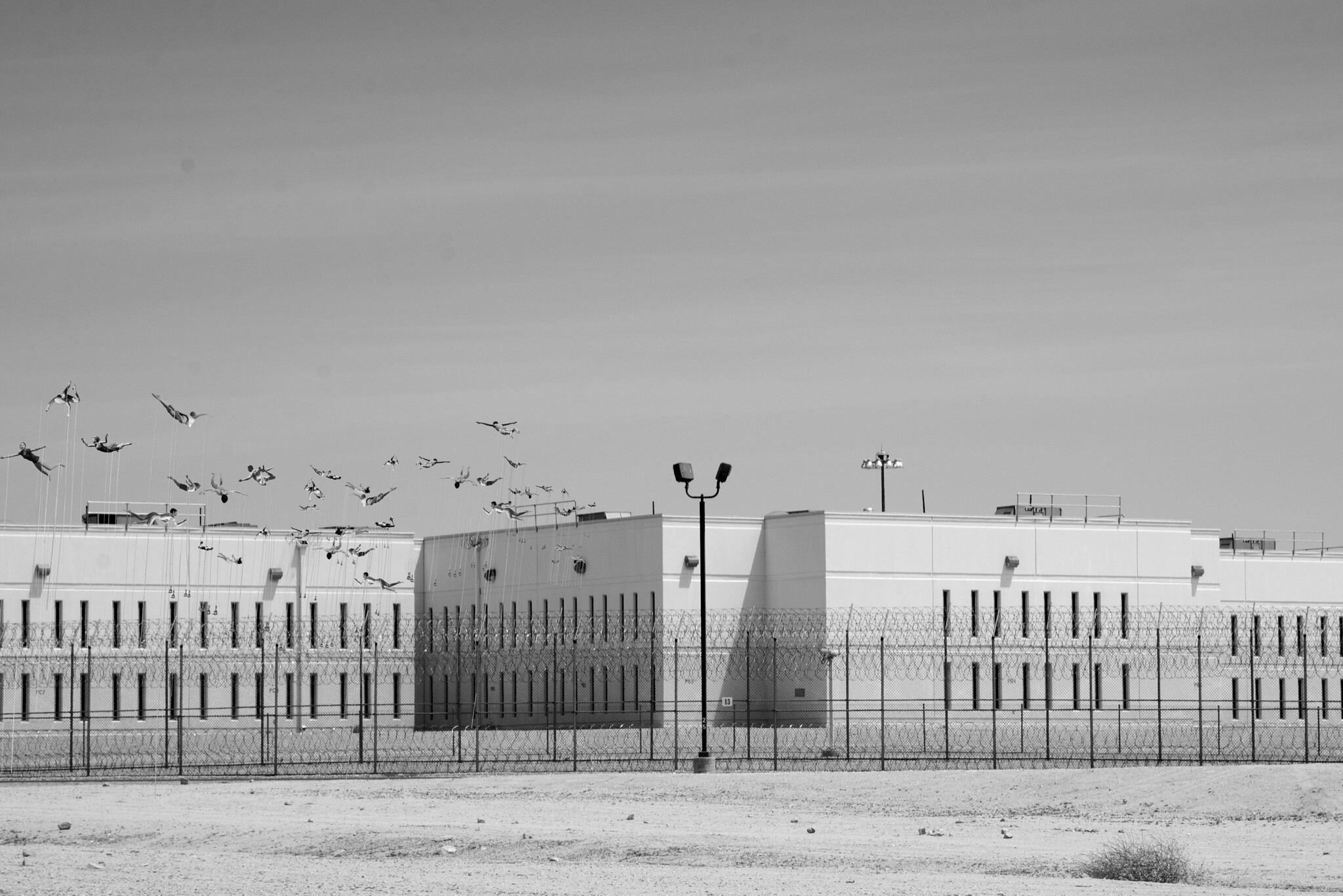Catherine Malabou’s essay was published as part of the Confinement project for e-flux architecture. Catherine Malabou, “Life and Prison,” e-flux architecture, October 10, 2020, ➝.
Michael Hardt, “Prison Time”, Yale French Studies 91 (1997): 64–79.
Gilles Deleuze, Différence et Répétition (Paris: PUF, 1968), 82.
See also the extension of this history of ghosts in Francis Bacon’s “idols of the theater” and “idols of the cave,” in: Francis Bacon, Novum Organum 1620, ed. and trans. Basil Montague (Philadelphia: Parry & MacMillan, 1854), ➝. The idols of the cave, as described in Aphorism 42, “are those of each individual. For everybody (in addition to the errors common to the race of man) has his own individual den or cavern, which intercepts and corrupts the light of nature; either from his own peculiar and singular disposition, or from his education and intercourse with others, or from his reading, and the authority acquired by those whom he reverences and admires, or from the different impressions produced on the mind, as it happens to be preoccupied and predisposed, or equable and tranquil, and the like: so that the spirit of man (according to its several dispositions) is variable, confused, and as it were actuated by chance…” This type of idol stems from the particular life experiences of the individual. Different educations can lead the individual to a preference for specific concepts or methods, which then corrupt their subsequent philosophies. Francis Bacon himself gives the example of Aristotle, “who made his natural philosophy completely subservient to his logic,” in Aphorism 54.
Frank B. Wilderson, Red, White & Black: Cinema and the Structure of U.S. Antagonisms (Durham: Duke University Press, 2010).
Different philosophical inquiries show in multiple ways how this limitation of language can be shaped. The example in Wittgenstein’s description of phenomena limited in a system of language propositions; Nietzsche’s or Freud’s irrational human animal force encaged by language; Derrida’s description of concepts as signifiers exempt from a stable signified zone. The indicative cases already oversee the limits of language, already speak about language as an enclosed world. However, they do not argue about language as a “prison” in a homogeneous way, and they structure differently possible incarcerations or liberations.
Peter Sloterdijk, In the World Interior of Capital: Towards a Philosophical Theory of Globalization, trans. Wieland Hoban (Cambridge: Polity Press, 2013).
Tiqqun, Theory of Bloom, trans. Robert Hurley (Berkeley: LBC Books, 2012), ➝.
Adolfo Bioy Casares, Plan de evasión (Buenos Aires: Emecé Editores, 1945).
Viewing from a distance can have its history in parallel to a history of reading. Even when reading becomes interactive, it always still refers to a distant recordable and replaceable experience. Peter Sloterdijk (see footnote 7) cites Marshall McLuhan, Goody and Havelock to name the past of a reader’s subjectivity, where the distance between the reader (and the situation that the reader experiences through reading) is institutionalized. These writers refer to a first banalization of the alphabet, with the Greek lettering, as the moment when experience enters a new era of being substituted. A situation can be understood, experienced or repeated “without” “participation in the situation”—without it ever having happened (as a unique event taking place in time).
